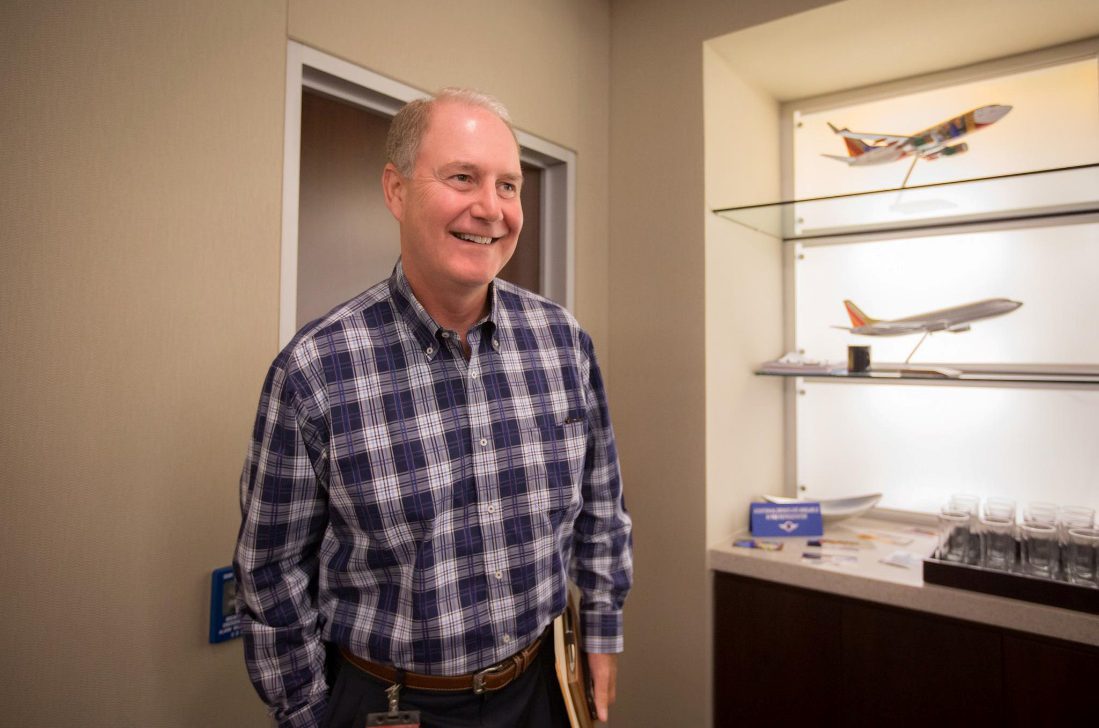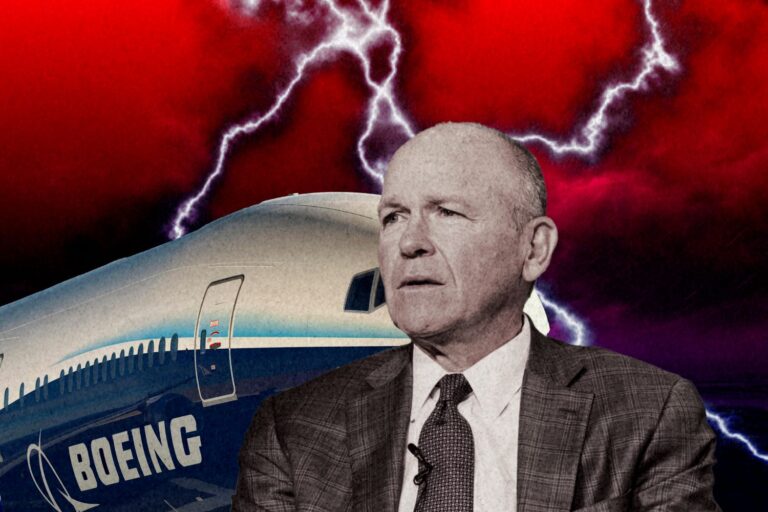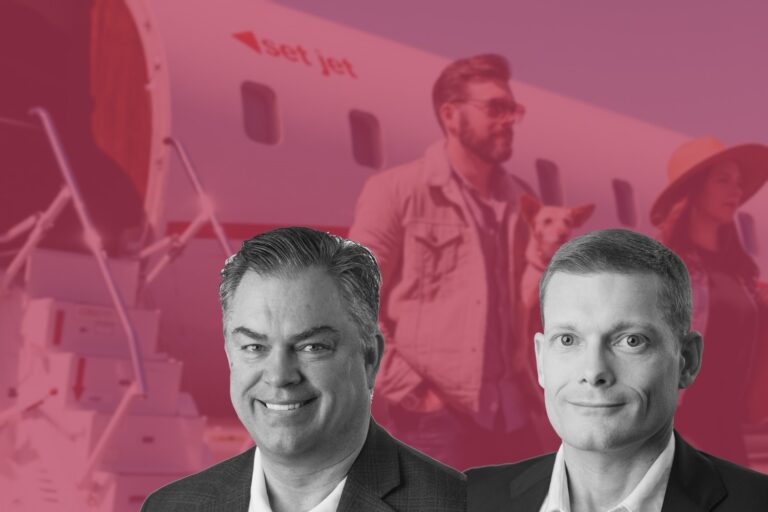How Employee-Driven Culture Maximizes Southwest Airlines’ Success
Low-cost carriers have become such a common means for people to travel around. Thus, hundreds of them have been created and slowly went bankrupt later. By far, one of the most successful low-cost carriers in the US is Southwest Airlines. This airline founded in 1967 has had 46 consecutive years of profitability in a row. And today this business, which possesses 752 aircraft, operates in 101 destinations with more than 60,000 employees. How could Southwest become such a successful model? How have they gone that long? Is it luck or something else that drives the business successful? Well, undoubtedly, there is something else at play other luck that helps the airline thrive for quite a long time. So, in this blog, let us discover the strategies, leadership styles of this company. But before getting into that part, why not take a quick look at its history?
How Southwest Was Founded
Southwest, which began under a different name – Air Southwest Co., was initially founded by Herbert Kelleher and Rollin King in Texas in 1967. During its time in this area, the airline with its revolutionary has threatened to undercut plenty of more established Texan airlines.
That the airline was designed to operate only within Texas could help it to avoid lots of laws and regulations. And this intention also aimed to undercut prices which would make the company become Texas’ largest airline. However, this decision also placed Southwest in an unpleasant situation where many established Texan airlines took this newly formed to court in 1970. Yet due to Herbert Kelleher’s talent as a lawyer, the newly founded airline won that court battle.
By 1971, this airline began to operate regularly scheduled commercial flights that stayed within its Texas-only boundaries. At first, the airline only scheduled flights between Dallas Love Field and Houston and between Love Field and San Antonio.
In 1971, the airline officially changed its name to Southwest Airlines Co., which is the famous name that we know nowadays.
In 1975, an expansion was made to fly to other Texas destinations. And 4 years later, Southwest grew bigger and the regulations, that Southwest had tried to avoid, had been lifted. These pushed the airline to operate in neighboring states and by the start of the ‘90s, Southwest was able to begin the operations to the East and Southeast of the US.
Southwest has not yet joined any airline alliance, nor does it publicly seem to have any interest in doing so. In 2011, Southwest Airlines acquired AirTran Airways which was its biggest competitor at the time. And this act of airline consolidation has made many called Southwest out for it being too monopolistic.
Successful Keys of Southwest Airlines
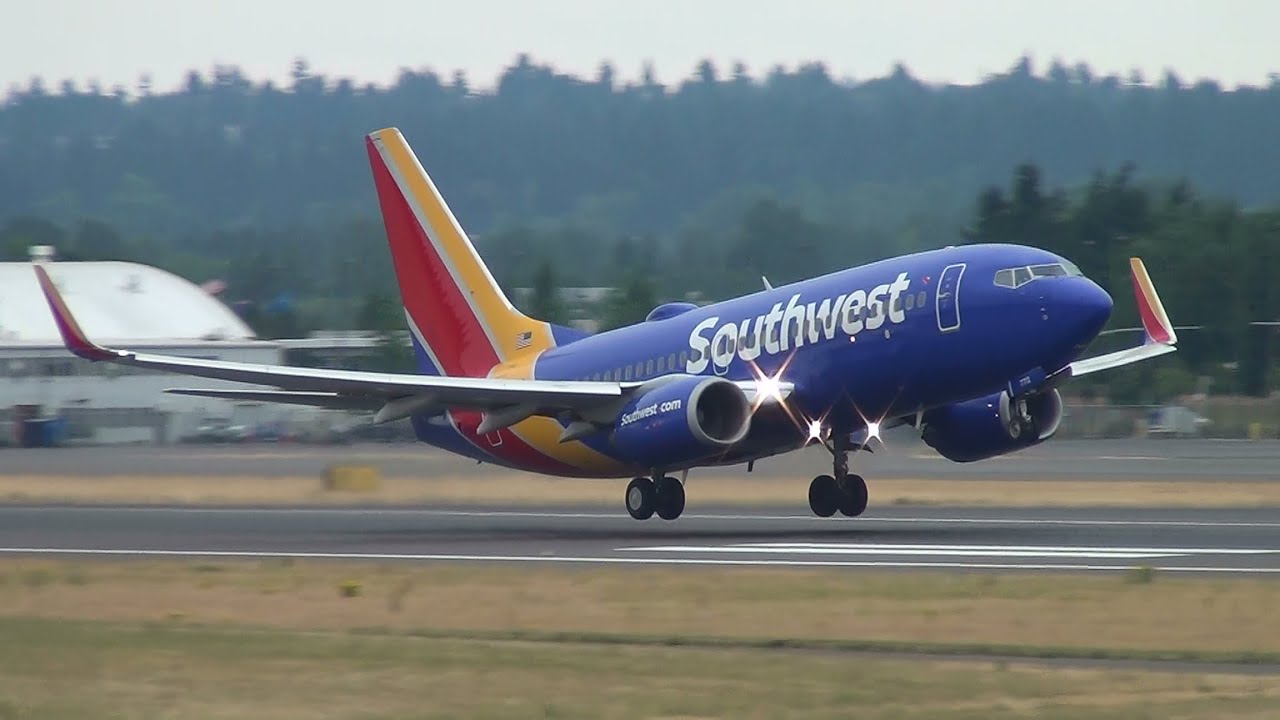
Only operating one type of aircraft
Throughout its history, Southwest Airlines has been known for operating a purely 737-based fleet. The only time which was during the period between 1979 and 1987 was not the case when they operated a small fleet of 727-200s. Even when the company acquired AirTran Airways in 2011, they did not use the old and non-737 members, and instead, they leased them out to other airlines so that their fleet would contain only Boeing 737.
By only using one type of aircraft in their fleet, Southwest has received more cost advantage than others. They manage to diminish the costs of maintaining their planes since they all use the same parts. In terms of employees, all the ground crew is able to work on any aircraft. The pilots can fly all of their aircraft and so can their technicians. These significantly reduce the costs of training and create 100% hassle-free.
Customer focus
It can be said that most airlines, especially the low-cost ones in Europe, prefer to have their business to operate a “Cattle car” style of the airline. This means that the airline tries to put as many people in airliners as possible. Well, Southwest Airlines is the low-cost one so certainly, they do implement this strategy but just not to the extent that other airlines have done.
Most low-cost carriers do not have the in-flight systems to entertain their passengers, understandably it is because they will run out of profit if adding those features on their planes. By contrast, Southwest does. A flight lasting 2 hours from England to Spain on Ryanair might not have in-flight entertainment. Yet the two-hour-long flight from Denver to Phoenix on Southwest Airlines will certainly provide those systems.
Due to the customer-driven strategy, Southwest’s number of customers has increased annually, and still, the airline could maintain a loyal customer base. This huge customer base is also the reason for allowing Southwest to maintain its popularity and become one of the largest airlines in the country.
Attractively low costs
It is true that everybody loves a bargain and Southwest Airlines knows this fact. This airline’s entire business model is built on that pretense.
Although Southwest focuses on customers, they also put the effort into reducing the costs as much as possible. Just like their counterparts, Southwest operates a “No frills” policy. This implies that there will be no free in-flight meals, free drinks, or a free goody pack. In other words, you get nothing unless you pay for it.
While this idea does not please some people, it is indeed attractive to many people. If they can get across the country with half of the price compared to other airlines, even at a little discomfort, they will be more likely to choose to fly on Southwest.
Happy workplace
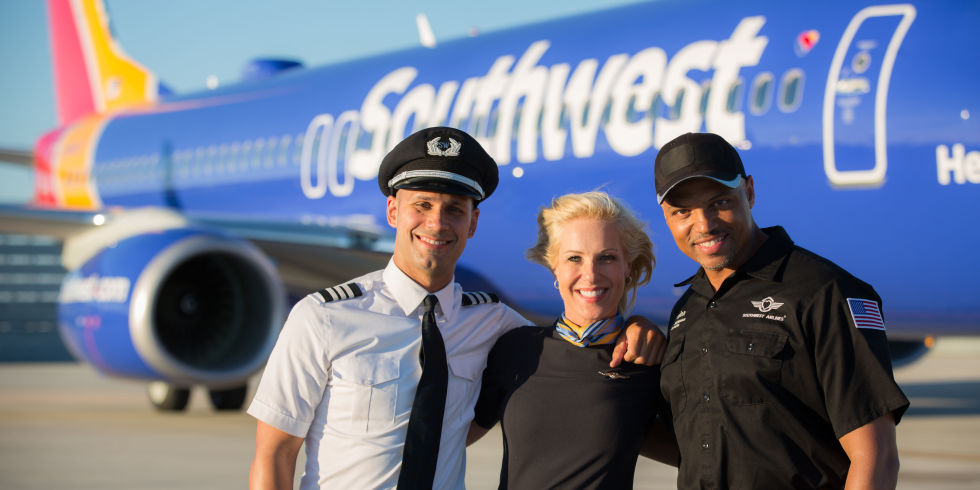
Undeniably, airlines do not prefer the term “unions”. They never have done and perhaps never will in the future. Interestingly, Southwest Airlines encourages them. Their employees are encouraged to actively join the unions. This might sound strange and make other airlines pull their hair out over this, but Southwest has an ace up its sleeve.
The airline could reap two major benefits from having their employees joining a union. Firstly, the employees could feel happy which results in a better performance at work. Secondly, the chance of a strike is limited. And yes, strikes are less likely to happen if the employees join a union. In fact, during its existing and thriving time, Southwest Airlines has never once had a strike.
The CEO is a former pilot
Most airlines have at least one CEO or at least someone who can control the operation of the airline. Most of the time, the airlines will choose someone who is from another sector to become their CEO. Sometimes, it happens that this sector relates to the aviation sector but usually they are not.
However, Southwest had a different move which was to pick a former amateur pilot, Gary Kelly, for the CEO position. He may not know everything about what a commercial pilot may go through, but it is certainly more than what an ordinary airline CEO knows.
Under Gary’s leadership, Southwest Airlines has grown and become one of the national largest airlines in terms of originating domestic passengers carried and still maintained their stay on Fortune magazine’s list of the most admired companies in the world, ranking 11th in 2020.
What Makes Southwest Airlines So Unique?
Southwest Airlines’ innovative leadership, excellent management of non-human resources, and a clear vision are the essential factors contributing to their success. Yet for all the accolades the airline has received, they continue to concentrate on their excellent treatment of employees and customers. This part of the blog will dig deeper into why the airline puts an emphasis on the servant leadership model and prioritizes taking care of its own before caring for others.
Servant leadership and its benefits
Servant leadership is the practice of taking care of others or serving rather than just simply looking for what is best for the organization. The leaders who embody the servant leadership style often spend most of their time figuring out their employees’ best concerns or interests. By concentrating on the needs of others, they could set up authority and likeability since they have generated positive effects on the lives of those around them.
So, what is the benefit of this strategy? The answer is happy workers. Those who are happy with their role are not only more willing to contribute to the company mission but also feel a deeper connection to the company.
Servant leadership in Southwest Airlines
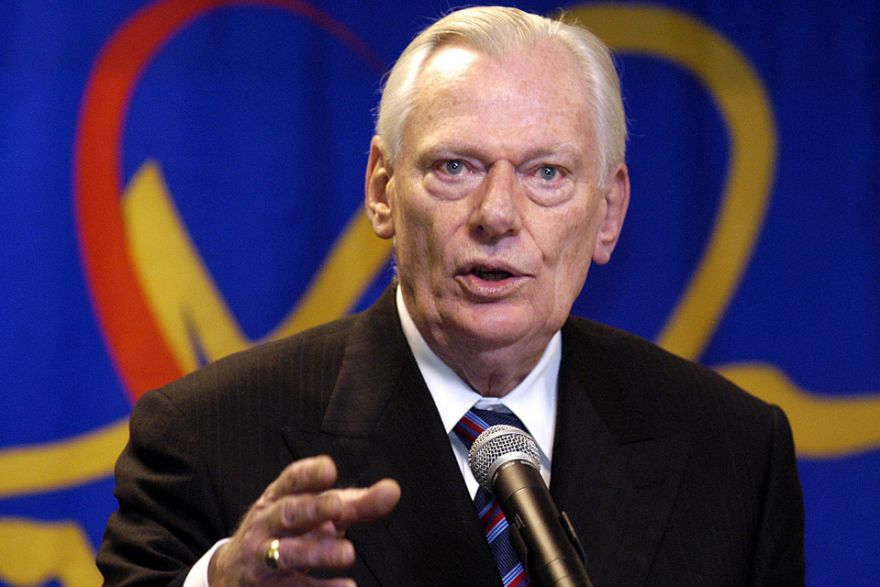
It can be said that this all starts at the top with the founder Herb Kelleher, who just passed away at the age of 87. This incredible man had contributed so much to the company though he left his last formal role with Southwest a decade ago. The company described Kelleher in a statement concerning his passing that he was such a pioneer, a maverick, and an innovator.
The company also added: “Kelleher’s vision revolutionized commercial aviation and democratized the skies. His passion, zest for life, and insatiable investment in relationships were what left people who knew him the lasting and immeasurable impressions. He will forever be the bedrock and esprit de corps of Southwest Airlines.”
Kelleher was indeed a lawyer by trade, which explains why he always had a passion for helping others. He truly assumed that taking care of employees should be the company’s top mission. In other words, his priority was all the people who work for and with him, not the bottom line or his customers.
Furthermore, this talented leader also had a reputation for not seeing employees as a “rung on a ladder”, instead he considered everyone in the organization equally. what is more? He was not only able to conceptualize and think creatively but also, he sympathized with his employees. People never saw him embarrass anyone who might not be correct or have an idea like his.
Colleen Barrett, a former President of Southwest Airlines, has worked for Herb Kelleher since the inception of Southwest Airlines. People might ask how come a former legal secretary with no formal management education could become the president of one of the world’s most successful business models? The answer lies in Herb Kelleher who guided and developed her into a leader.
Colleen maintained her position, which was “co-leading” with Kelleher for over 30 years. These two worked so well together for so many years since they had a lot in common about values and morals. They both helped people to develop and succeed in their positions. In fact, Colleen believes her company should be described as the pyramid below, where employees are at the top.
As mentioned, when the employees are treated well and satisfied with their job, then in return, they will take after the customers. And the bottom line is the shareholders, who are affected by happy customers. Colleen estimates that she spends almost 85% of her time on employees and delivering proactive customer service to her followers or employees.
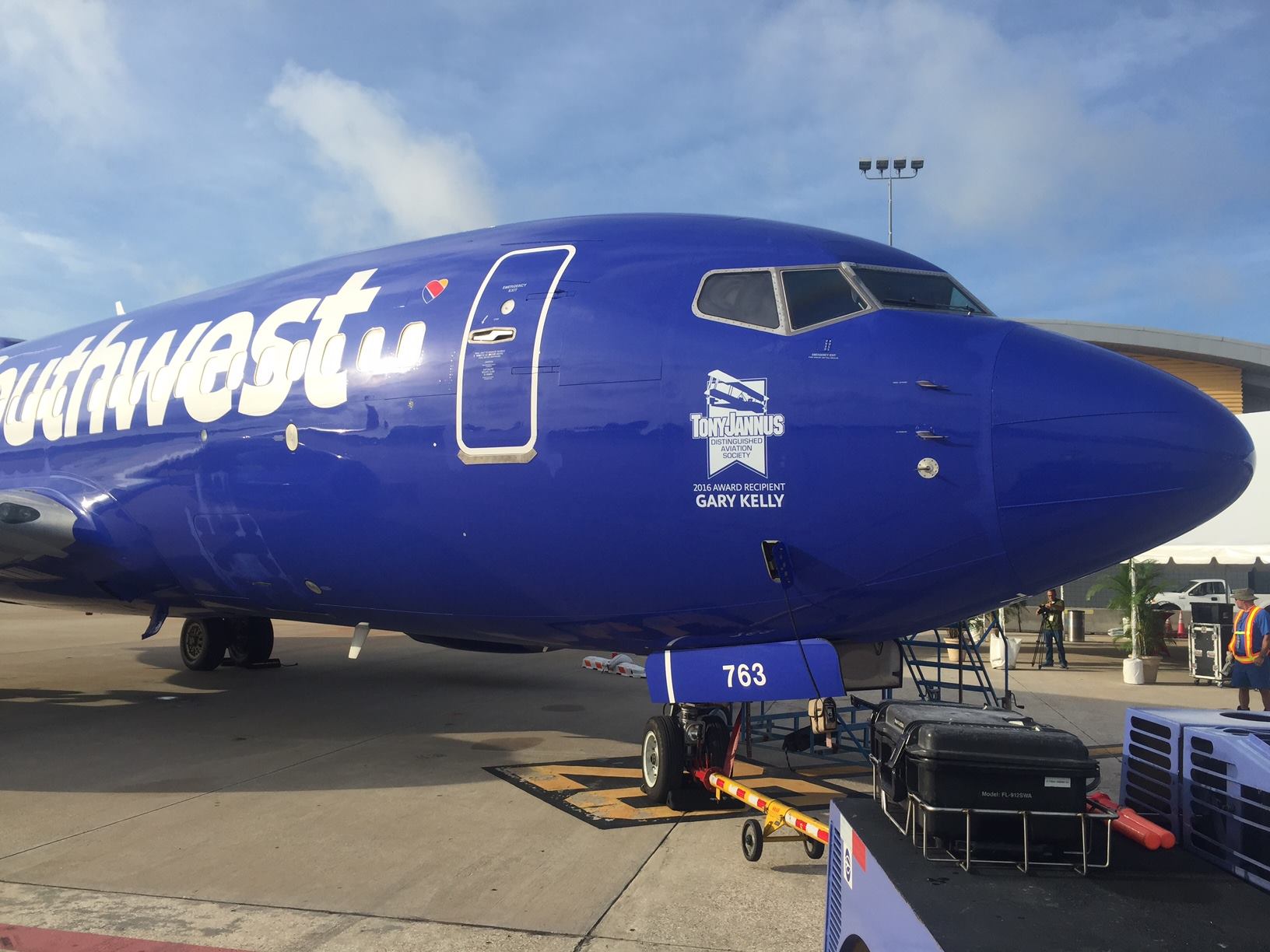
Servant leadership is not a new concept to major corporations, but it can be said that Southwest Airlines are one of the few which could generate long-term success with this strategy. Kelleher and Colleen showed their ability in leading while allowing others to grow and succeed, which is the reason why the airline continues to create profits in an industry where most find it hard to survive.
The Bottom Lines
Over the past two decades, Southwest Airlines has proven to the world that they can manage to thrive in a time when most airlines have been struggling. In this coronavirus crisis, they are even more likely to survive thanks to their own unique advantage.
So, what can we learn from this airline giant? Perhaps the answer is to maintain and strengthen a set of competitive advantages that set it apart from its rivals. Southwest’s business model is considered extremely efficient with effective operations, low-cost pricing, and innovative logistics solutions. Additionally, a deep focus on customer experience has been another winning factor in their strategy. Finally, all of this would be impossible if they lack a motivated team of employees. Thus, what they do is to spend much of their time on servant leadership, which was effectively practiced by the leaders, Herb Kelleher and Colleen Barret. Undeniably, it is harsh to complete all the missions as Southwest has done. Yet once your business could follow some discussed strategies, then there is more likely that you will achieve several competitive advantages, which allow your business to stay relevant and even grow stronger in this rapidly changing world.

